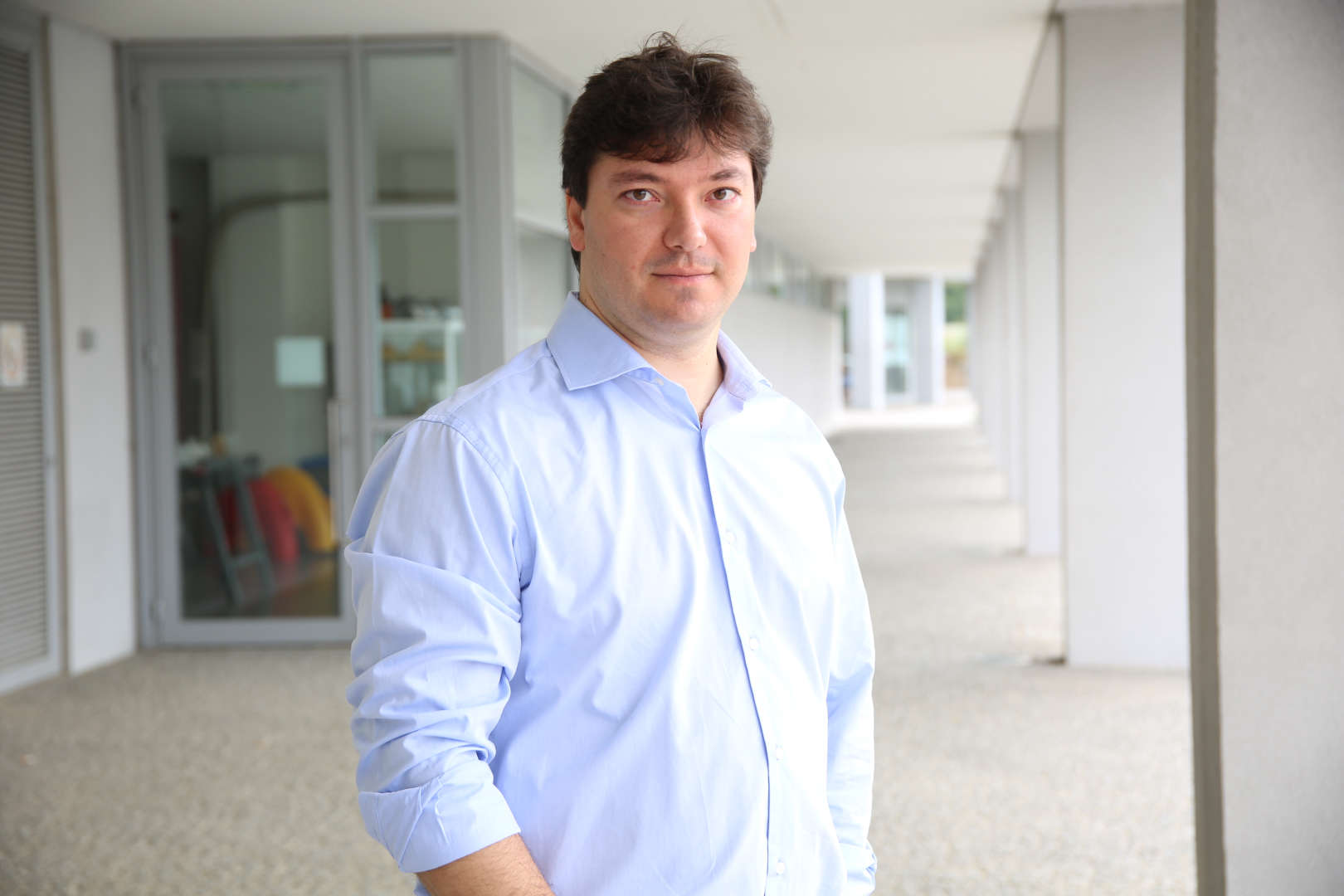About
Hi! I'm Daniel, one of the many people engaged in making science at INESCTEC. Our group here, the Center of Applied Photonics (CAP), is fantastic and friendship and cooperation are like a second skin for everyone.
I started my career as a university teacher in 1999 when I was invited to help as a monitor for the Department of Physics at the University of Trás-os-Montes e Alto Douro while I was finishing to graduate in electrotechnics engineering. Currently I'm an Auxiliary Professor at the same University.
I started collaborating as an investigator in 2002 when INESC accepted me in the course of my Masters as well through all the time of my PhD, both in the Department of Physics of the Faculty of Sciences of the University of Porto. Through all this years some of us were especially interested in micromachining and microfabrication. With this objective several equipment was developed, especially in the laser direct witting area where I helped both with hardware and software as well as characterizing the writing process. My research activities include hybrid sol-gel based waveguides, integrated optical sensors and laser direct writing techniques for integrated optics and microfabrication.


